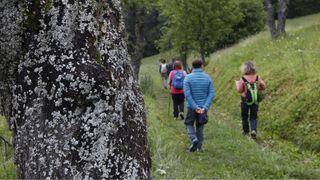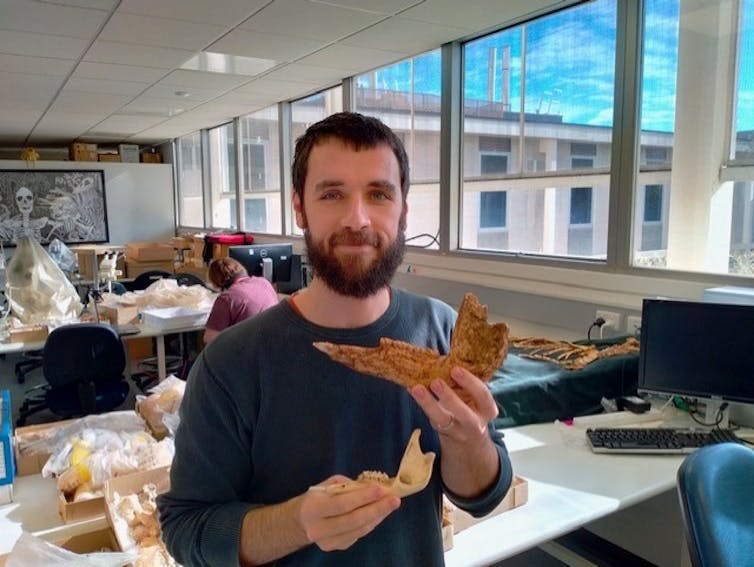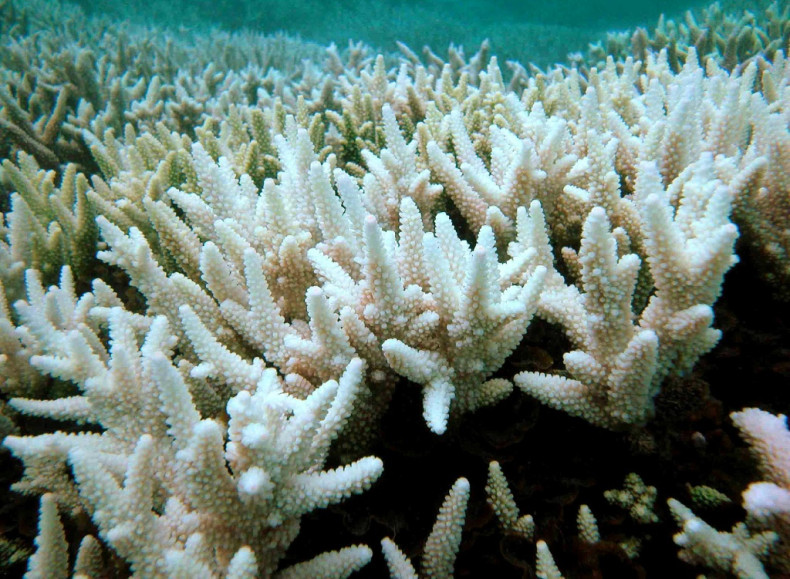Rewilding – The Fine Art Of Doing Nothing
Sit back, relax and let nature do the work.
Jun 28, 2022

Image Credit: benny337/Shutterstock
Rewilding is a progressive conservation concept with many different approaches. The idea is to restore natural healthy ecosystems to the point at which nature’s processes can take over. This initial restoration can include the reintroduction of keystone species, which are organisms (often predatory animals) that fill an ecological niche.
Large grazers can also be introduced to manage vegetation, and non-native plants can be removed. Removal of human-made structures that function to change the natural landscape also allows the environment to naturally re-shape.
After these implementations, humans can sit back and let the habitat develop into a natural cycle created by the organisms that live there.
Unfortunately, many species have been lost from their native habitats due to hunting, urbanization, and climate change. Rewilding works to bring back those lost species and enable them to carry out their ecological functions once more. Keystone species like wolves and beavers can alter the fauna of an area, restoring ecological niches so organisms can thrive and the ecology of an area can start to be repaired.
The reintroduction of 41 wolves to Yellowstone National Park between 1995 and 1997 was an understandably concerning endeavor, but large predators are vital to maintaining a healthy ecosystem. The wolves are hard at work keeping the elk population under control. Before the wolves were brought back, the elk did not naturally move through the park, causing the willow along the banks of the river to become heavily overgrazed.
Now with a wolf population to influence the elk distribution, the willow can flourish. This leads to an increased beaver population which relies on the willow branches to survive in winter.
Talking of beavers, in a 2017 rewilding effort, a family of two adults and two kits were introduced into the Forest of Dean, UK. In the five years since, the area has already benefited from the creation of natural flood defenses and improvements to the soil. The porous nature of beaver dams benefits not only the ecology of the area, but also the people living nearby – beavers are pretty *dam* handy at creating effective, sustainable, and cheap flood defenses.
It is well documented that spending time in nature is massively beneficial for human mental and physical health and wellbeing. Rewilding native areas means more land is protected for people to enjoy, not to mention the resources that are conserved during the natural process that take place. It is important to remember that there is no fixed goal with rewilding, it is simply about letting nature take the lead.

ELEANOR HIGGS
Creative Services Assistant
CHARLIE HAIGH
Social Media and Marketing Assistant















